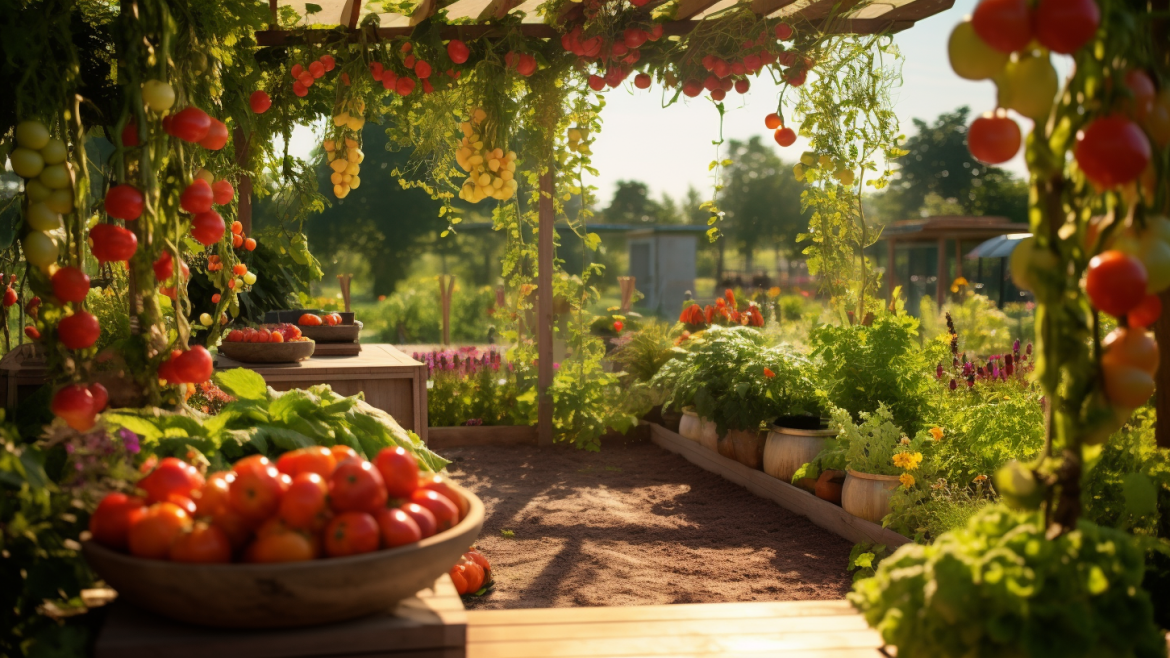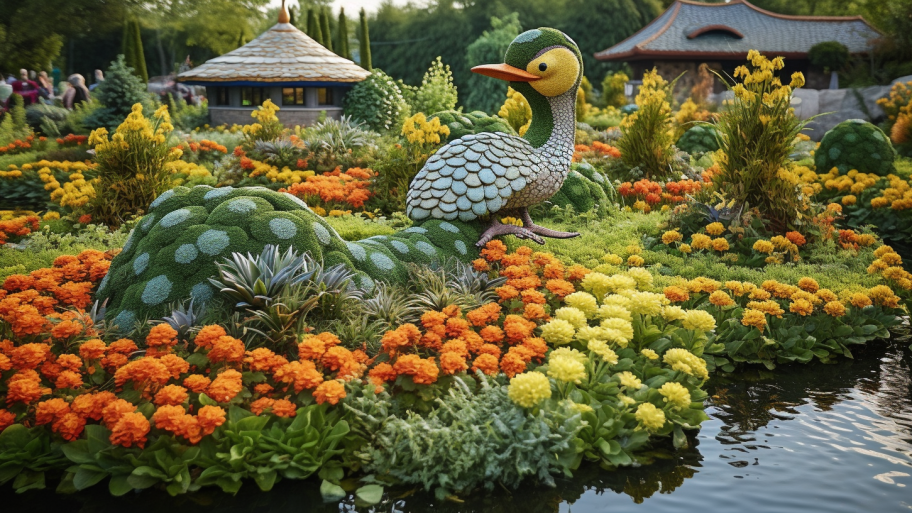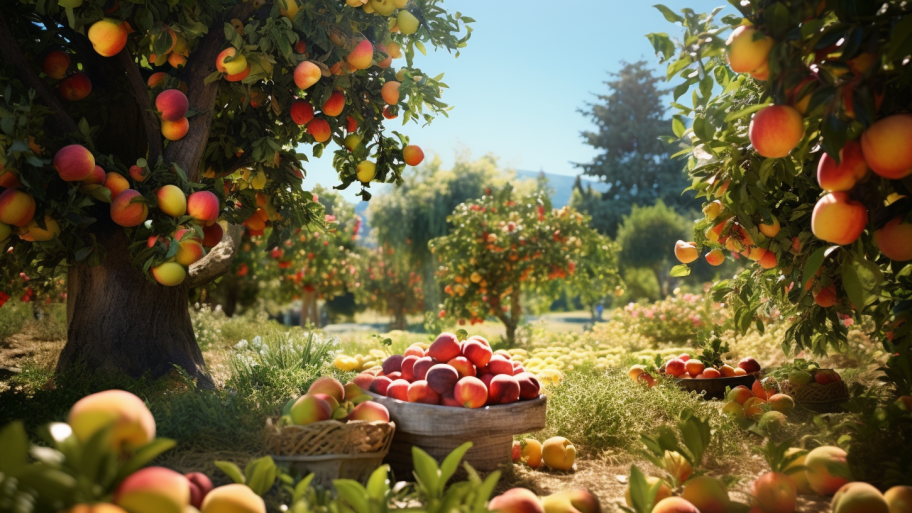Imagine walking through your garden, the sun warming your face, and plucking a ripe, juicy tomato right off the vine, or grabbing a handful of fresh, aromatic herbs to garnish your home-cooked meal. This dream can become a reality through the art of edible landscaping. By integrating food-producing plants into your landscape design, you’ll create a visually stunning, functional, and sustainable space that nourishes both your body and your soul.
What is Edible Landscaping?
Edible landscaping is an innovative approach to gardening that combines the best of both worlds: the aesthetic beauty of a well-designed landscape and the practicality of a garden that provides fresh, delicious produce. Instead of relegating edible plants to a separate vegetable patch, edible landscaping weaves them seamlessly into the overall design, creating a harmonious blend of form and function.
This practice goes beyond the traditional kitchen garden, incorporating fruits, vegetables, herbs, and even edible flowers into your landscape in creative ways. The possibilities are endless: from using berry bushes as a hedge, to planting fruit trees as a focal point, or lining a walkway with fragrant, edible herbs. With edible landscaping, you’ll transform your outdoor space into a living pantry filled with nature’s bounty.
Benefits of Edible Landscaping
Edible landscaping offers a myriad of benefits that go beyond the obvious perk of having fresh, organic produce at your fingertips.
First and foremost, it encourages a healthier lifestyle. When delicious, nutrient-dense foods are readily available just steps from your door, it’s much easier to make healthy choices. Plus, the act of gardening itself is a form of exercise and a proven stress-reliever.
In addition to the health benefits, edible landscaping promotes sustainability. By growing your food, you reduce your reliance on commercially produced groceries, cutting down on transportation costs, packaging waste, and the use of harmful pesticides and fertilizers. Moreover, edible landscapes often incorporate companion planting and other organic gardening techniques, which support biodiversity and a healthy ecosystem.
Lastly, edible landscaping can be a money-saver. While the initial investment may be higher than traditional landscaping, the long-term savings from reduced grocery bills and a lower need for chemical fertilizers and pesticides can offset the costs.
Popular Edible Plants for Landscaping
There is a wide variety of edible plants suitable for landscaping, allowing you to choose species that are both visually appealing and adapted to your specific climate and growing conditions. Some popular options include:
- Fruit trees, such as apple, cherry, or peach trees, which provide shade, structure, and a bountiful harvest.
- Berry bushes, like blueberries or raspberries, that offer multi-season interest with their flowers, fruit, and foliage.
- Ornamental vegetables, such as rainbow chard, purple kale, or red-veined sorrel, which add a pop of color and texture to your garden.
- Herbs, including rosemary, thyme, and sage, which are not only edible but also emit a delightful fragrance when brushed against or crushed.
- Edible flowers, like nasturtiums, calendula, or violets, which add a splash of color and can be used in salads, as garnishes, or even for making herbal teas.
As you embark on your edible landscaping journey, remember that the key is to think outside the box, selecting plants that provide both visual interest and culinary delight. In the next article, “Designing Your Edible Landscape: Planning and Plant Selection,” we’ll dive deeper into the process of planning and creating your perfect edible landscape. So, go ahead and explore the scrumptious world of garden-to-table living, where the beauty of nature is truly a feast for the senses.




